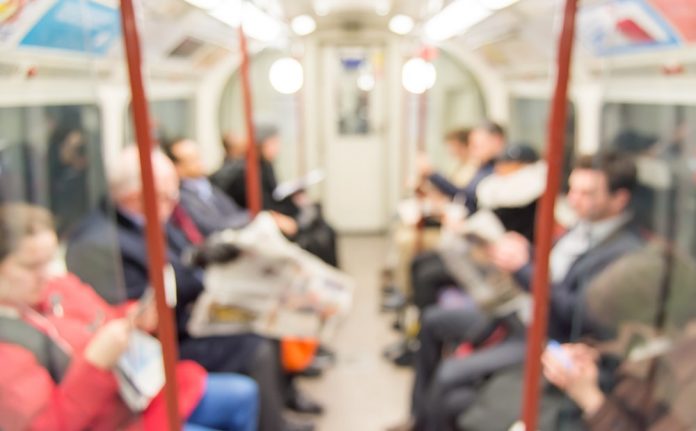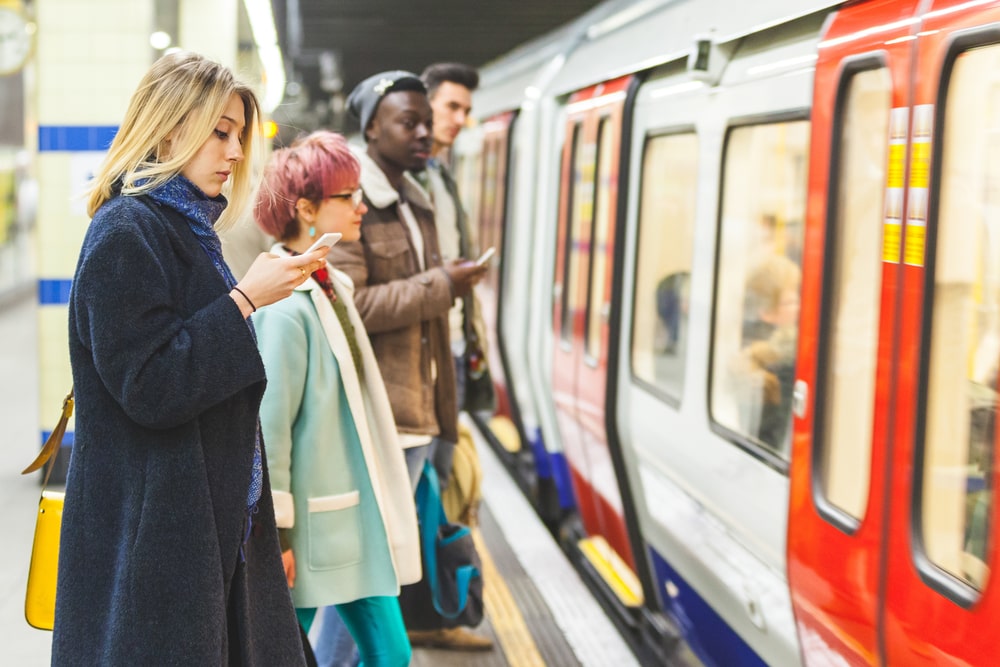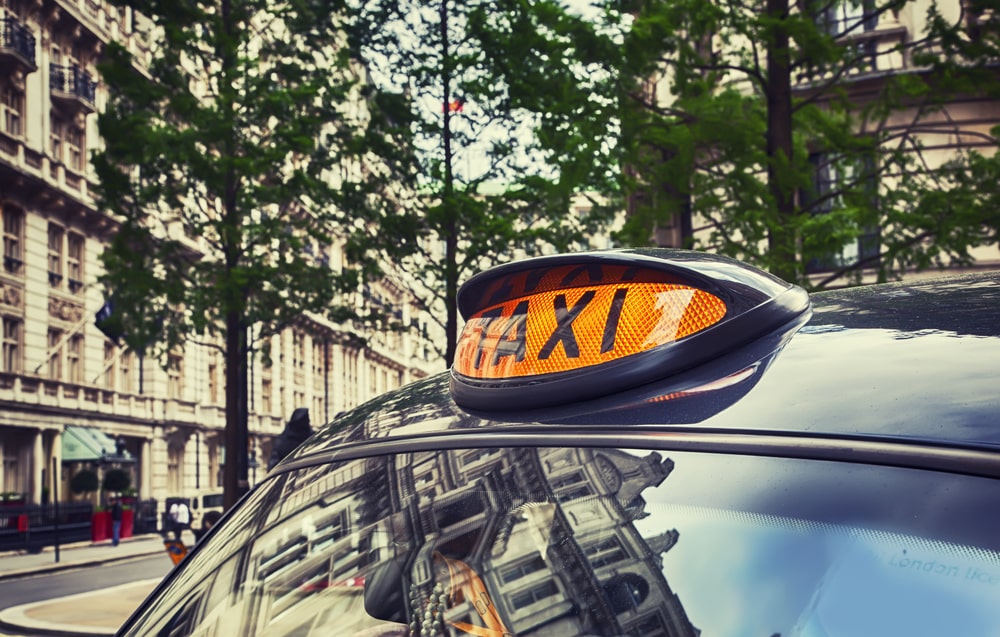A city packed full of activities, sights, attractions, and things to see and do in all weather and seasons, the chances are that if you’re planning to visit London then you will need some kind of itinerary to cover all the things on your to-do list. And while identifying the best Hyde Park accommodation and central attractions is easy enough, one element which is often overlooked is transport and how tourists can access and move between different areas of the city efficiently and safely.
In this blog, we are not only sharing the best and most effective modes of transport in London but are also sharing tips on how best to build an itinerary which makes the best use of your time in each area of the city.
A Guide to London as a destination
Before you visit London and start building an itinerary, it’s important to recognise that London is split into a number of zones which all dictate how expensive transport is. Zones one and two surround central London and the plethora of restaurants, attractions, and hotels which are considered to be part of the city centre, while moving outside of these zones carries you into zones three through to six.
Another feature of the London landscape which impacts travel especially is the river Thames. While the tube runs beneath the Thames with ease, and the array of bridges mean that trains, taxis, and buses can all move between south and north London with ease, the obstacle of the river makes transport slow via road especially if you are travelling long distances and at peak travel times.
Finally, it’s prudent to note that while a map of London can make the entire city feel and look like a complex network of train lines, underground stations, and roads, the city centre in particular is not very big and can be enjoyed on foot and by bike as well as the more formal methods of transport outlined in this blog. So when in doubt, consider walking to and from some of the more central and accessible destinations on your to-do list.
Travelling around London by tube
The London underground network is by far one of the easiest ways to get around London, with a new station to be found every few hundreds metres across the city, and the centre of London in particular connected by a multitude of different lines which criss-cross over and under each other. There are over 270 underground stations in and around London, although interestingly less than 50% of the network is actually cited underground!
Nonetheless, the efficiency of the network means that getting from your 4 star hotel at Hyde Park across to the Southbank or towards east London couldn’t be easier – with a selection of lines all known for different benefits and connections (for example, the Jubilee line offers signal and mobile connectivity throughout the entire line, while the Central line is known for its direct routes into central London).
Travelling around London by overground train
Sometimes, jumping onto the London overground train line is actually quicker than heading down the stairs to the tube, with the overground operating across central London and connecting central stations with some of those on the outskirts of London and further afield.
The beauty of the overground network is that it links with both the major London stations and travel hubs, and those smaller stations and outer London location – ensuring accessible routes across the board and connecting central London with the surrounding boroughs and counties.
In addition, travellers across London often choose the Overground because it fills the gaps left by the much older underground network, and because it is a much newer line of trains which are more comfortable and offer access to above ground signal – something which only a select few underground lines and trains provide.
It is worth noting that the London Overground network as advertised across the city is not the same as the wider railway links which are operated by individual train and travel companies like Greater Anglia and South Western Railway. London Overground is a TfL service while those larger trainlines which run out of Paddington, London Liverpool Street and others are run independently despite being connected by their location and direct link with the stations.
Travelling around London by taxi
There are so many different taxi companies and options available to those travelling around London, from the black cabs which you can usually find outside the Park Grand London Hyde Park and other central hotels, to the Ubers which can be ordered via an app to your exact location.
Travelling by taxi offers an air of exclusivity which is ideal for special occasions, however it is important to note that road traffic is often delayed getting across London due to busy roads which are all being used by commuters, tourists, buses, and more. As such, taking care to factor in enough time for travel by car is key.
Other forms of transport in London
As well as the most obvious modes of transport used in and around London, thinking outside the box can sometimes make your journey more exciting, more memorable, and more fun – for example, arriving by Uber boat on the river Thames, or jumping onto a tour bus to learn a little bit of local London history on the way to dinner at your chosen Hyde Park restaurant.
The Uber boats share the water along the river Tames with cruise boats, dinner boats, party boats, and more – many of which can be hired for private and corporate events as well as for simple transport. Alternatively, why not hire one of the central London Boris Bikes for a little city adventure or explore the unique and experiential modes of transport which include the Emirates Airline and city centre scooters.
Finding the best transport for you will depend on where you’re going and how quickly you need to get there, with this blog introducing the most common and popular forms of public transport for tourists and visitors to London.
Share the post "A Guide to Getting Around London using Public Transport"























